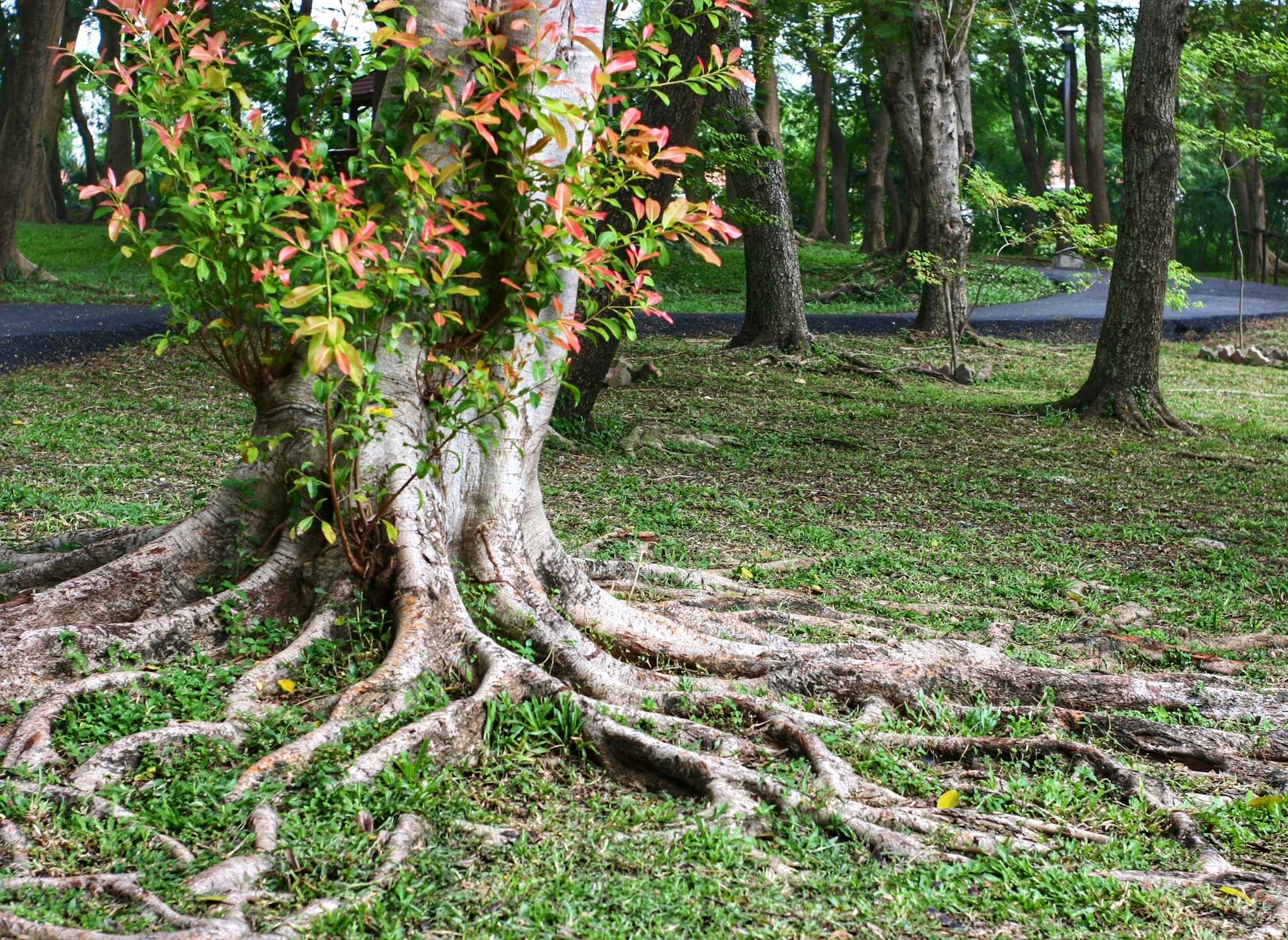Plant roots don’t just take in water and nutrients. They also send out chemical signals – organic compounds that can shape the life of the soil and help plants survive in tough conditions.
Researchers have been studying these hidden exchanges for years. They know that microbes like bacteria and fungi form close partnerships with plants.
In return for the sugars and other molecules plants release, microbes can make plants stronger against drought or nutrient shortages. This constant give-and-take, known as rhizodeposition, plays a big role in how plants grow and adapt.
Now, scientists at the Department of Energy’s Oak Ridge National Laboratory (ORNL) have taken a fresh look at this underground world. Their work focuses on understanding the specific compounds plants release – and it could change the way we grow food and energy crops.
Roots release diverse molecules
The ORNL team built a new framework using metabolomics – the study of small molecules – to map and categorize the compounds released by plant roots.
The study produced a detailed catalog of the diversity and amounts of these compounds in the soil. This knowledge could guide the development of crops that produce more food, need fewer resources, and stand up better to environmental stress.
The research could also lead to more resilient bioenergy crops, strengthening domestic supply chains and energy security.
Fungi help roots reach nutrients
Roots do far more than keep a plant standing. They act like a control center for water and nutrient uptake. Tiny hairs along their surface increase contact with the soil, helping plants draw in what they need.
They’re also sensors, constantly reading changes in moisture, temperature, and soil chemistry. When conditions shift, roots can alter how they grow or which molecules they release to adjust their environment.
Some roots form long-term partnerships with fungi, exchanging sugars for hard-to-reach nutrients. Others send quick chemical messages that repel harmful microbes or influence nearby plants.
By understanding these underground strategies, scientists can design crops that thrive with less fertilizer and water. This is where ORNL’s work takes on new importance.
Two trees, many clues
For their experiment, the scientists grew two varieties of poplar trees under controlled conditions. Some trees were given extra nutrients, others were not. Samples were collected from both young and mature root zones over time.
Instead of focusing only on known or suspected compounds, the team used an “untargeted” metabolomics approach. This allowed them to detect as many different molecules as possible.
Scientists used high-resolution mass spectrometry to identify and measure these molecules, creating a chemical fingerprint for each sample. Advanced computational methods then grouped and compared the results.
What they found was a vast variety of rhizodeposit compounds – many never recorded before. The makeup of these compounds changed depending on plant variety, nutrient availability, location, and time.
Using ORNL’s genomic data on poplar, the team also saw how plant genetics strongly influenced the chemical profiles.
Why untargeted analysis matters
“Metabolomics has mostly been limited to targeted analysis, confirming a specific compound or interaction you suspect is in the sample,” said project co-lead Paul Abraham of ORNL’s Biosciences Division.
“But with an untargeted approach, we can capture a much broader range of chemical diversity, revealing unexpected or previously unrecognized compounds that may play critical roles in soil and plant systems.”
Abraham noted that the project was made possible by ORNL’s ultra-precise mass spectrometry instruments and interdisciplinary environment. “The accuracy and sensitivity of these capabilities are paramount to the success of untargeted metabolomics.”
“Our team of experts in genomic science, plant systems biology and bioanalytical chemistry were essential to designing and executing the study and understanding the implications of the work.”
Looking ahead, the team plans to use artificial intelligence to help interpret their massive dataset.
“The chemical space we are measuring is vast, and most of the molecules we detect can’t be confirmed using existing reference standards,” Abraham said.
“To make sense of that complexity, we’ll increasingly depend on machine learning and AI to resolve chemical formulas into predicted structures. That’s why one of our key goals is to make our data findable, accessible, and reusable for the broader scientific community.”
The scientists also see potential in pairing this data with ORNL’s new digital underground root analytics system.
This technology, located in the Advanced Plant Phenotyping Laboratory, could allow them to capture image-based details of root growth and interactions, adding another layer of insight into how plants communicate with their environment.
The full study was published in the journal Plant, Cell & Environment.
—–
Like what you read? Subscribe to our newsletter for engaging articles, exclusive content, and the latest updates.
Check us out on EarthSnap, a free app brought to you by Eric Ralls and Earth.com.
—–
